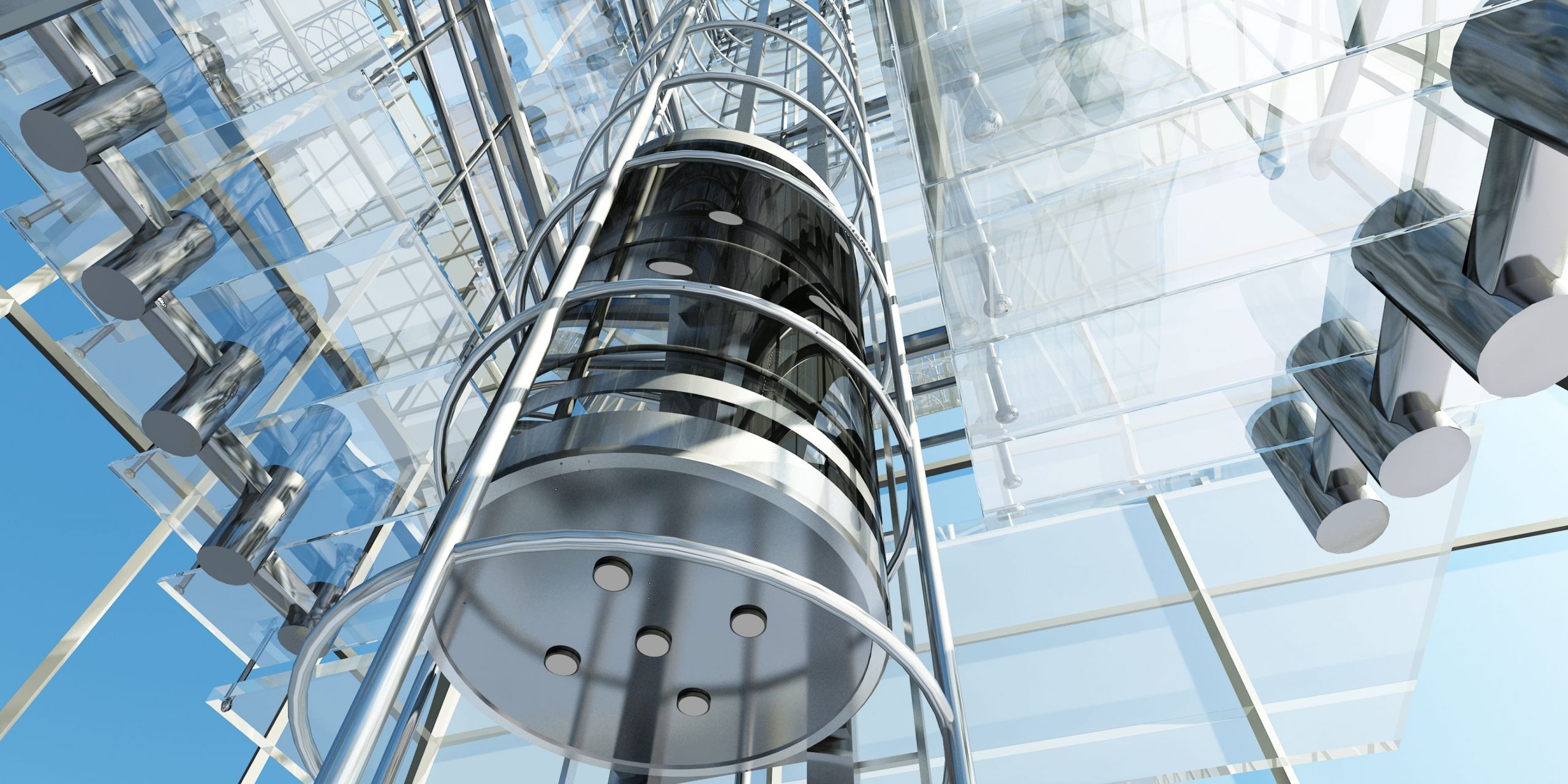In the realm of multilevel properties, elevators have long operated on traditional systems, requiring passengers to wait for an available elevator and manually request their desired floor. However, with the advent of modern smart building technology, this outdated process is being revolutionized to save time and enhance overall efficiency.
Property owners can significantly enhance tenant and staff experiences by upgrading existing elevator access control systems with smart elevator controls. This guide aims to assist property owners in selecting the right touchless access system for modern installations, exploring various smart elevator technologies and highlighting the key benefits of transitioning from traditional systems to intelligent elevators.
Types of Smart Elevator Technology
Mobile Credential-Based Smart Elevators:
Smart elevator technology eliminates physical elevator controls like push buttons, replacing them with advanced systems accessible remotely via smartphones or mobile devices. Users receive unique mobile credentials stored in a dedicated app, enabling touch-free elevator experiences. Residents can request an elevator through the app, selecting their floor, while security teams can manage user permissions and access to specific floors, ensuring enhanced security.
Touchless Elevators:
Some installations feature touchless elevator buttons, replacing mechanical call buttons with motion sensors responsive to hand gestures. Authorized users can interact with the elevator controls simply by positioning their finger in front of the sensor, ensuring a hygienic and touch-free experience.
Key Benefits of Smart, Touchless Elevator Systems
Improved Hygiene:
Touchless elevator controls help prevent the spread of bacteria and diseases, reducing the need for contact with high-touch surfaces. By combining smart elevator systems with contactless access solutions, property owners enhance hygiene and minimize illness transmissions.
Enhanced Efficiency:
Smart elevator technology optimizes elevator usage, allowing users to pre-select their destination and view real-time usage data. Occupancy counting sensors reduce congestion, grouping users going to the same floors and improving energy efficiency.
Greater Convenience:
Smart elevators reduce waiting and travel time, offering convenience through features like separate access turnstile gates, pre-selected floors, and LCD screens displaying elevator stops. Users can manage their access from smartphones, enhancing convenience and user experience.
Strengthened Security:
Smart elevator systems enable customized access permissions, blocking entry to unauthorized floors. Integration with existing access security systems ensures enhanced security and seamless management of user credentials.
Seamless Integrations:
Smart elevator technology can be integrated with property security systems, visitor management solutions, and building management platforms, enhancing overall visibility and efficiency. Integrated smart access systems reduce operating costs and improve user convenience.
Smart Elevator Installation Considerations
When choosing a smart elevator access control system, property owners should consider factors such as the number of elevators, user access requirements, floor-specific access control, and compatibility with existing systems. Assessing these factors ensures a seamless transition to smart elevators, enhancing efficiency and tenant experience in multilevel commercial and residential properties.
In conclusion, upgrading to smart elevator systems with touchless controls significantly improves convenience, efficiency, security, and hygiene for multilevel properties. Considering the diverse needs of occupants and integrating smart technologies seamlessly can elevate the overall building experience, setting new standards in modern access control systems.

